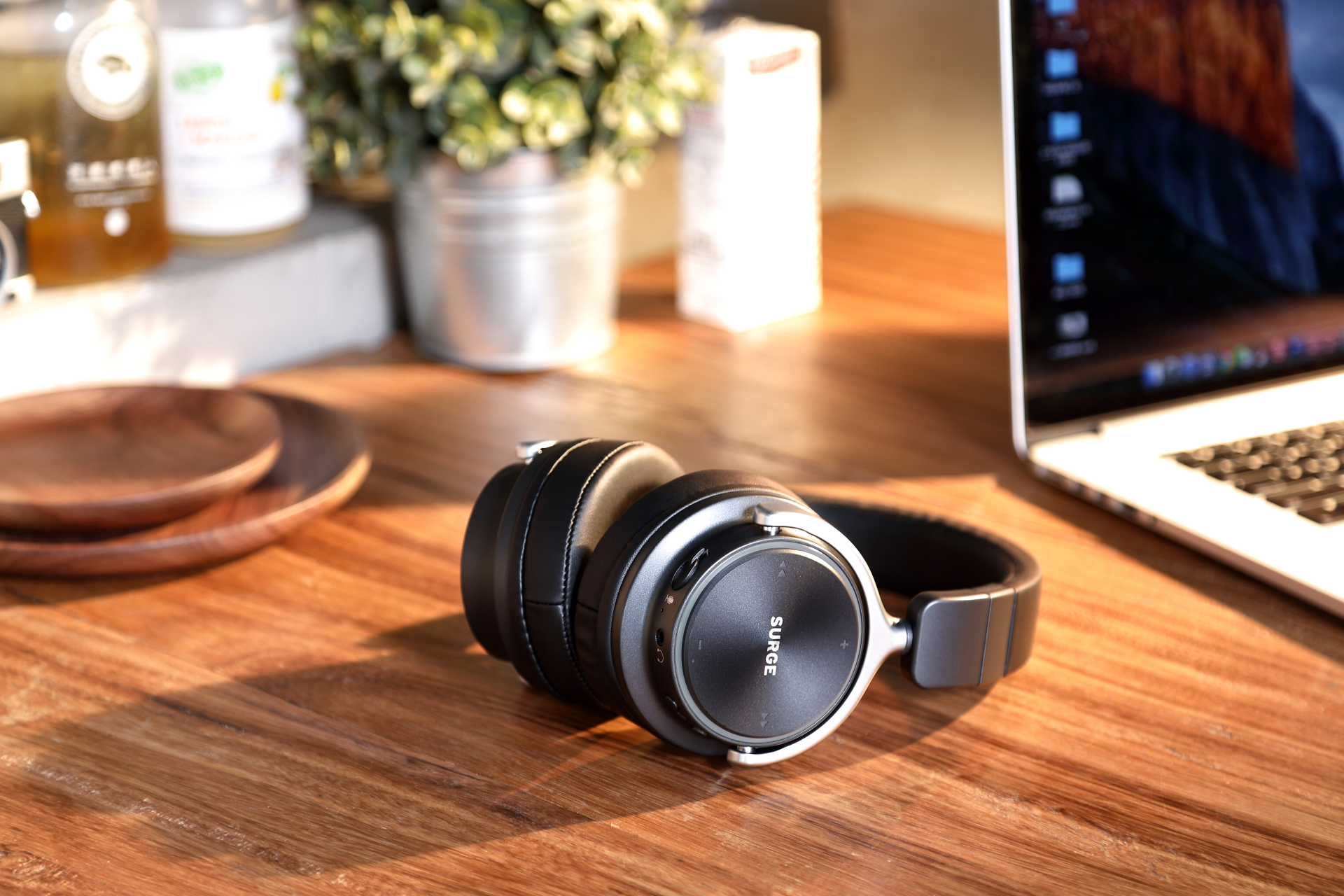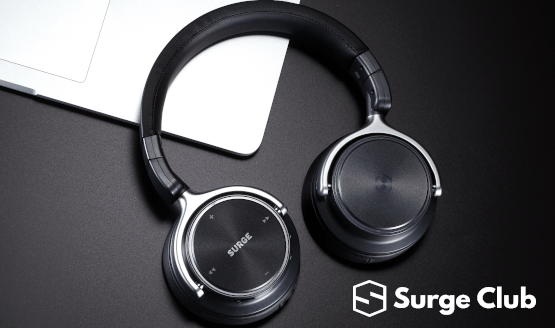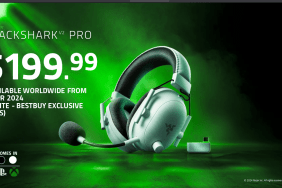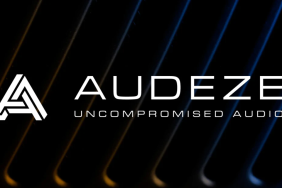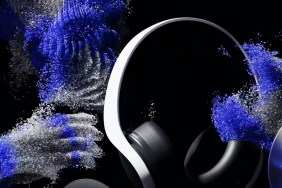Audio is a peculiar thing on the PlayStation 4. While some people still unfortunately play games using the pathetic speakers built into their TVs, those who know better have their consoles hooked up to a surround sound system, or at the very least a decent soundbar. But what about those who can’t play on loud, all-encompassing 5.1 or 7.1 setups? Surge Club thinks they have the answer with their newest headset, the Surge 3D. Is this headset the rare combo of being good enough to be your daily driver, even while gaming?
Light as a Feather
The first thing I noticed when I took the Surge 3D out of its box was how alarmingly light the headset felt. At just 263 grams (a bit over 9 ounces, or half a pound), these headphones are around 25% lighter than the SteelSeries ARCTIS 7, 28% lighter than the Logitech G933, and over a whopping 30% lighter than the Alienware AW988. These three headsets were specifically mentioned in the review guide given to us by Surge Club as comparable headsets. As any gamer who uses headsets can attest, while the raw difference in weight may not seem like much at first, any extra weight is felt over a long gaming session, so getting the weight this low is an impressive feat.
Usually, a lightweight feel in headphones indicates inferior materials, such as smaller magnets for the drivers, small or nonexistent padding, plastic instead of metal for the frame, or other such cost-cutting measures. Thankfully, I can report that this is not the case with the Surge 3Ds. While the outside of each cup is plastic, it’s not a creaky plastic. The core of the headset’s frame is brushed steel, which should help to ensure a long life as metal doesn’t wear out quickly. The majority of the plastic overhead bar is wrapped in a protein-based synthetic leatherette, with generous foam padding on the underside, which is where the headset will rest on your head. Although the cups rotate up to 90 degrees, they do not collapse upwards to make the headphones easier to carry in a travel bag, which could be something worth considering for those whom space in a suitcase or backpack is a concern. While there is no weightless bar feature as can be seen on the Razer Thresher Ultimate and SteelSeries Siberia P300 headphones, those headphones are heavier than the Surge 3Ds. Wearing the Surge 3Ds for hours on end will not be a problem – I have worn them all day, whether playing music or not, without feeling any discomfort.
One surprising feature on the Surge 3Ds is the inclusion of a touchpad on the left earcup. Controls are relatively simple, though remembering them all at first does take a bit to get used to. Double-tapping on any button will play/pause/end call, while swiping up or down increases or decreases volume, respectively, and swiping forwards triggers rewind/previous track/answer call, while swiping backwards triggers forward/next track/reject call. Due to the early state of the headphones I received, or perhaps also because the touchpad is a feature you don’t see too often on headphones, it did take multiple attempts to get the headphones to register my intention at first. When it works, however, it is a slick feature.
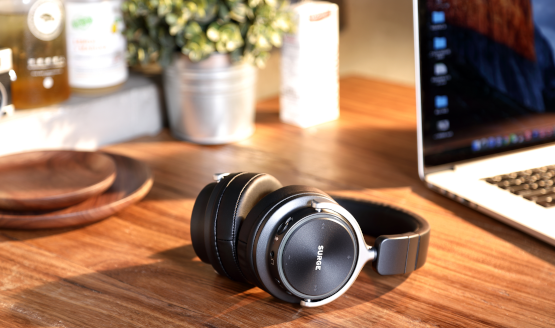
Non-Gaming Applications
With the exception of toggling the LEDs, the multimedia and phone answering shortcuts are reserved for the Bluetooth operation of the Surge 3Ds. These headphones support Bluetooth 5.0, which is the latest and greatest version of this versatile wireless standard. Range will depend upon the transceiver of the connected device, but in my testing with a Dell Inspiron 7500, it’s easily the stated 10 meters/32+ feet, and then some. Bluetooth multipoint is also supported, so you can listen to music on your laptop, while still being able to answer calls on your smartphone, without re-pairing. Turning the headphones on near a previously-paired device results in an impressive reconnection time of under a second.
Another slick feature of the Surge 3Ds is a set of LEDs on both cups which can be toggled at any time by swiping down with two fingers on the touchpad. These LEDs cycle through multiple colors, with the right cup sporting a slightly transparent Surge Club logo to show off the colors with. It’s a bright effect that some may think will have an impact on battery life, but in my testing, it appears these are very energy-efficient LEDs.
Battery life is a critically important aspect of any Bluetooth headset. Surge Club claims a battery life of 30 hours of playtime. Incredibly, this actually appears to be the case. While I have only had these headphones for under a week, it has been three full business days plus a weekend since they were last fully charged. I kept music playing on the headphones for the majority of each business day, plus an approximate extra day of playtime on the weekend. So far, I have not been hit with a low battery notification. This is even with the LEDs set to on anytime I had the headset playing audio (Update: towards the end of typing up this review, I was finally treated to the low battery notification for about 50 minutes before the headphones finally turned off. The LEDs continued to stay on and cycle through colors!).
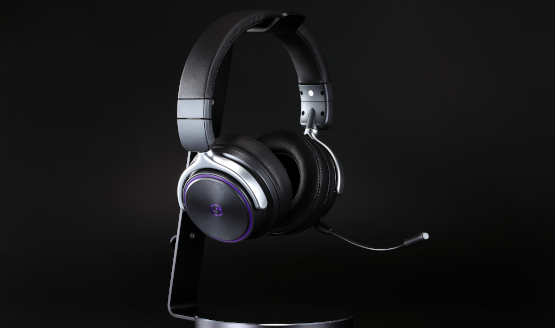
Hook Them Up
Admittedly, battery stats don’t really matter for our purposes. You see, Sony intentionally disabled or removed Bluetooth headset support on the PS4. This was a surprising omission when you consider the fact that the (recently retired) Vita and even the PS3 supported Bluetooth headsets out of the box. Thankfully, the Surge 3D supports good old analog connections with the inclusion of a lengthy 3.5mm headphone cable (though, really, any 3.5mm TRS/TRRS plug should do). It’s simple to plug into a DualShock 4, and enjoy the audio that the headset delivers without worrying about pairing. Since Bluetooth is disabled in this configuration, battery life is not a concern, unless you have the LEDs turned on. The LEDs seem to barely sip power, so it’s anyone’s guess as to how long the battery will last between charges in this case – likely a timeframe measured in months, not hours. So that’s a nifty side effect.
The Surge 3D headphones include a built-in microphone, as well as a detachable boom mic. Since the DualShock 4’s audio jack supports headsets, this means you’ll still be able to use the Surge 3D for communicating with friends and foes alike. Audio quality on the mic is just fine for this purpose, and the boom mic will produce a crisper feed. The boom mic, as with all included cables, feature threaded wires, which instantly give them a premium feel. The ability to use this headset to answer calls while also hooking them up to your PS4 or Vita is a great convenience.
A comfy fit, impressive battery life, analog compatibility, and fancy lighting effects mean nothing if a headset sounds like crap. Even though we were given a “prototype” unit, the fit and finish certainly appeared near-final. The Surge 3D headset sports 40mm drivers, presumably of the typical neodymium variety. While this gives the headset a slightly smaller bass response than headsets with 50mm drivers, the difference isn’t too noticeable. The sound stage runs from 20 – 20,000 Hz, which is typical for headsets in this range. Bass is punchy (and in sonically complex songs such as those in Porter Robinson’s Worlds album, occasionally a bit muffled), but not overly so, while mids and highs are well-represented and not competing for attention. If one phrase had to be chosen to describe the overall sound signature of the Surge 3Ds, it would be a flat signature. This isn’t necessarily a bad thing – sometimes you want audio that is simply easy to listen to and reasonably accurate. Such a sound balance is good for gaming, because games often have audio samples that are all over the place in terms of frequency, and you’ll need to be able to figure out where gunshots, footsteps, or goblin shrieks are coming from, which have quite different sound effects depending upon the game. Those looking for Beats-style bass invasion should go elsewhere.
Drown out the World
Due to the closed nature of the cups, there is a decent amount of natural ambient noise cancellation. Walking around the crowded local mall, for instance, I could hardly hear the hustle and bustle of shoppers and advertisement displays as I played my music at half volume. Even now, as I type this review listening to my Nero Pandora station, I can only hear my Cherry MX Blue keyboard, which is notoriously loud, during quiet sections of songs or in transition to the next. With a SPL of 93 dB, things can get plenty loud if you crank up the volume. SPL, or sound pressure level, is a measure of how loud the headphones can get, typically using 1 mW of power. 93 dB is just under the average loudness of an underground Subway, so these headphones should get plenty loud enough for most people. Naturally, this means you might not hear people calling your name in the house, but it also means you can completely engross yourself in a late-night gaming session while the rest of the household is sound asleep.
Next to the power button on the left cup is a curious-looking button, with the text label “3D” emblazoned next to it. Pressing it toggles the “3D sound with patented algorithm” claimed by Surge Club. Most headphone companies seem to need some sort of gimmick in order to differentiate themselves from the rest these days, and it seems Surge Club also felt this was necessary. The effect noticeably widens the perceived sound stage of the headphones. Bass isn’t really affected, and remains punchy, if perhaps a little more widely spaced. Where you’ll really notice the difference is in highs, such as vocals. A slight echo becomes present in most songs, which has the effect of making it sound as though you are listening to music in a theater or concert setting. Honestly, after listening to all audio sources with this effect turned on for most of my time with the headphones, turning it off made audio sound a bit muffled by comparison. The 3D effect does introduce a slight hiss to silent or nearly-silent tracks, which may annoy some, but in an average song or game section the noise is easily drowned out.
The Surge 3D headphones are currently available for pre-order on an Indiegogo campaign, which you can view here. As of this writing, the “Super Early Bird” $89 perk level is only about 25% sold out. The Surge 3D is highly recommended at this price, given the incredible battery life and balanced sound signature. That price level is a 62% savings compared to the price the headset will go for at retail, which is $239. Even at $239, the features offered by the Surge 3D are hard to beat. Having to switch headsets just to game can be annoying, but it seems Surge Club has solved this pesky problem by combining the convenience of Bluetooth with the practicality of analog support. While keeping track of yet another charging cable is kind of a pain, the impressively long battery life ensures you won’t need the cable too often.
Surge 3D Headphones Review
-
Surge 3D Headphones Review #1
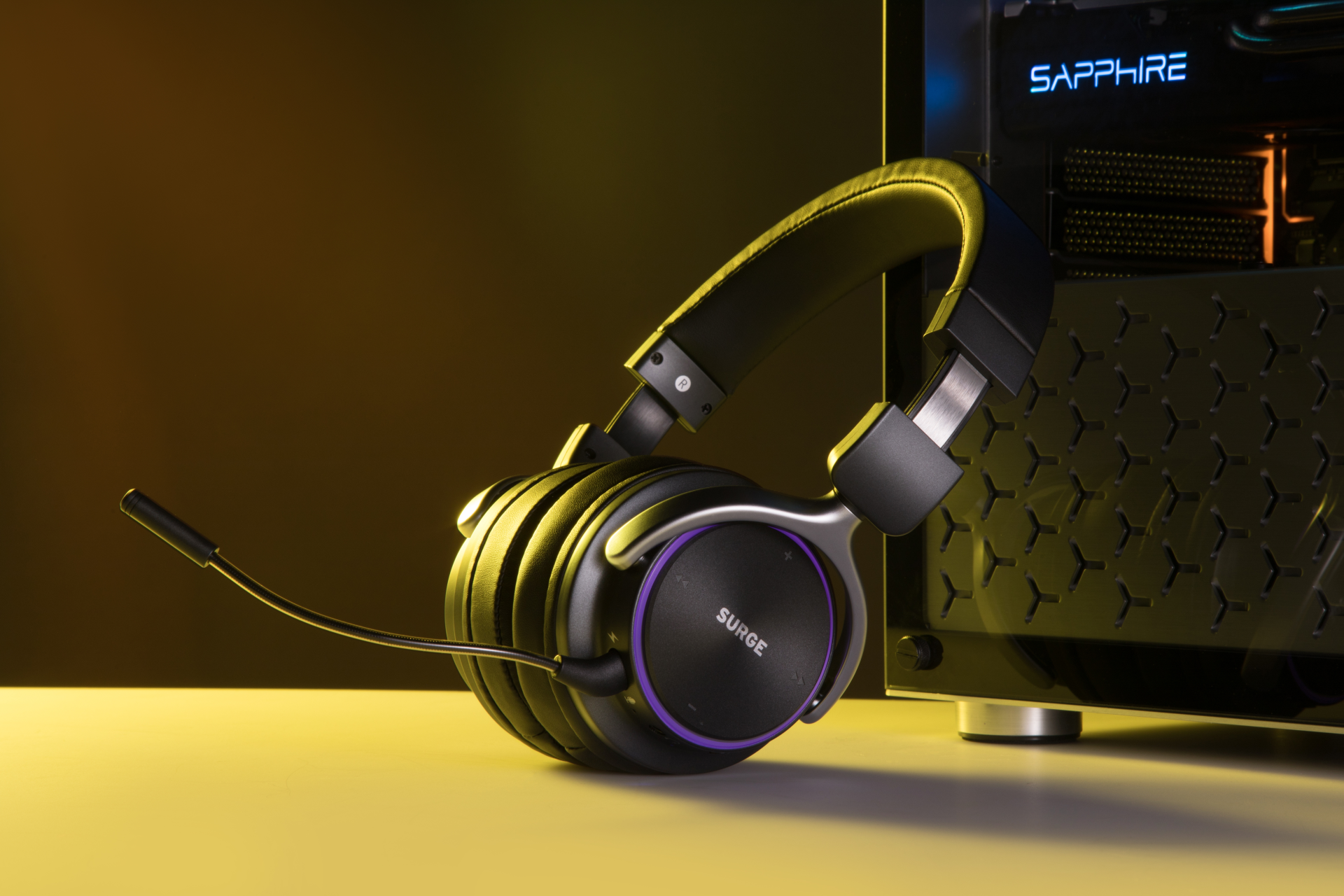
-
Surge 3D Headphones Review #2
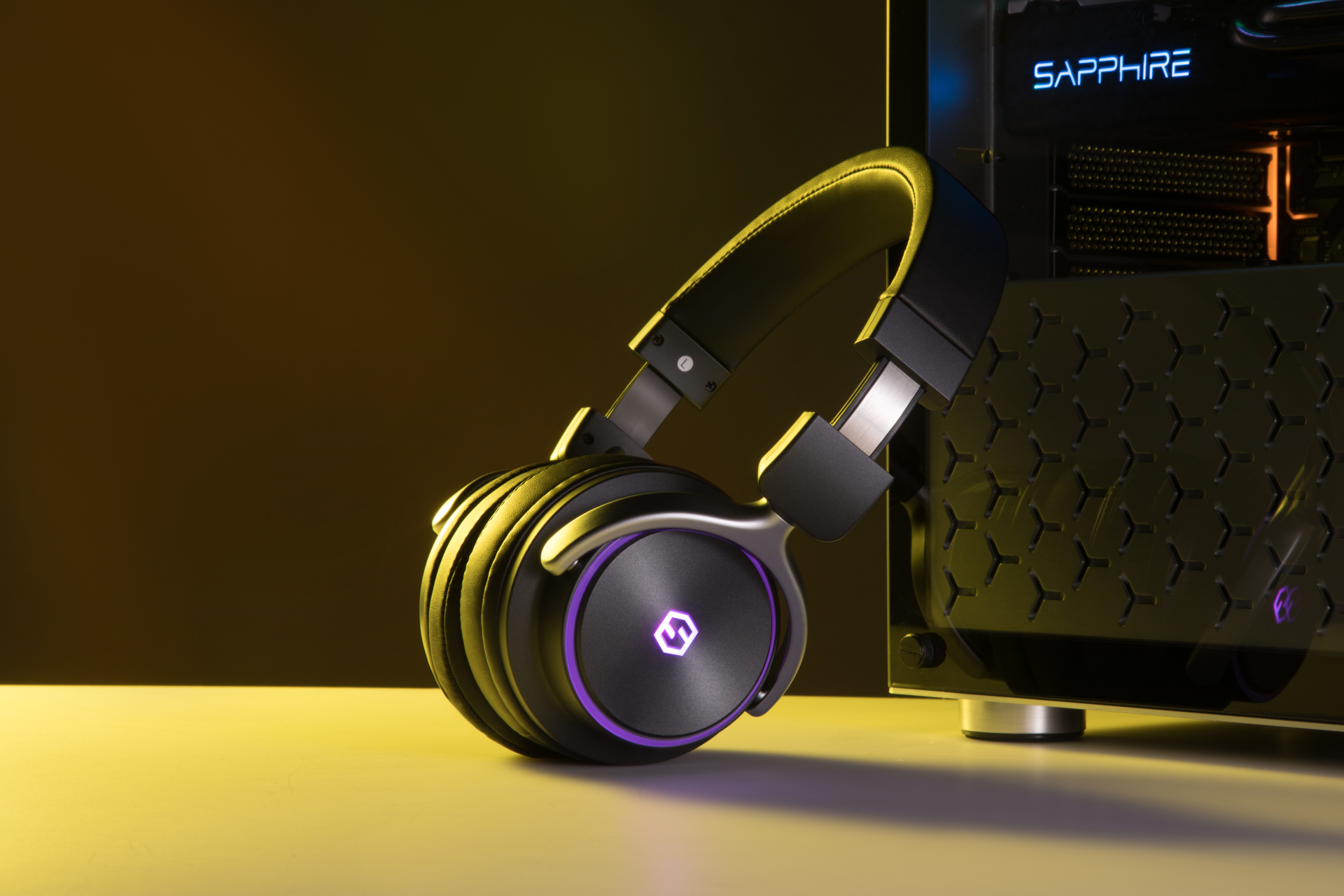
-
Surge 3D Headphones Review #3
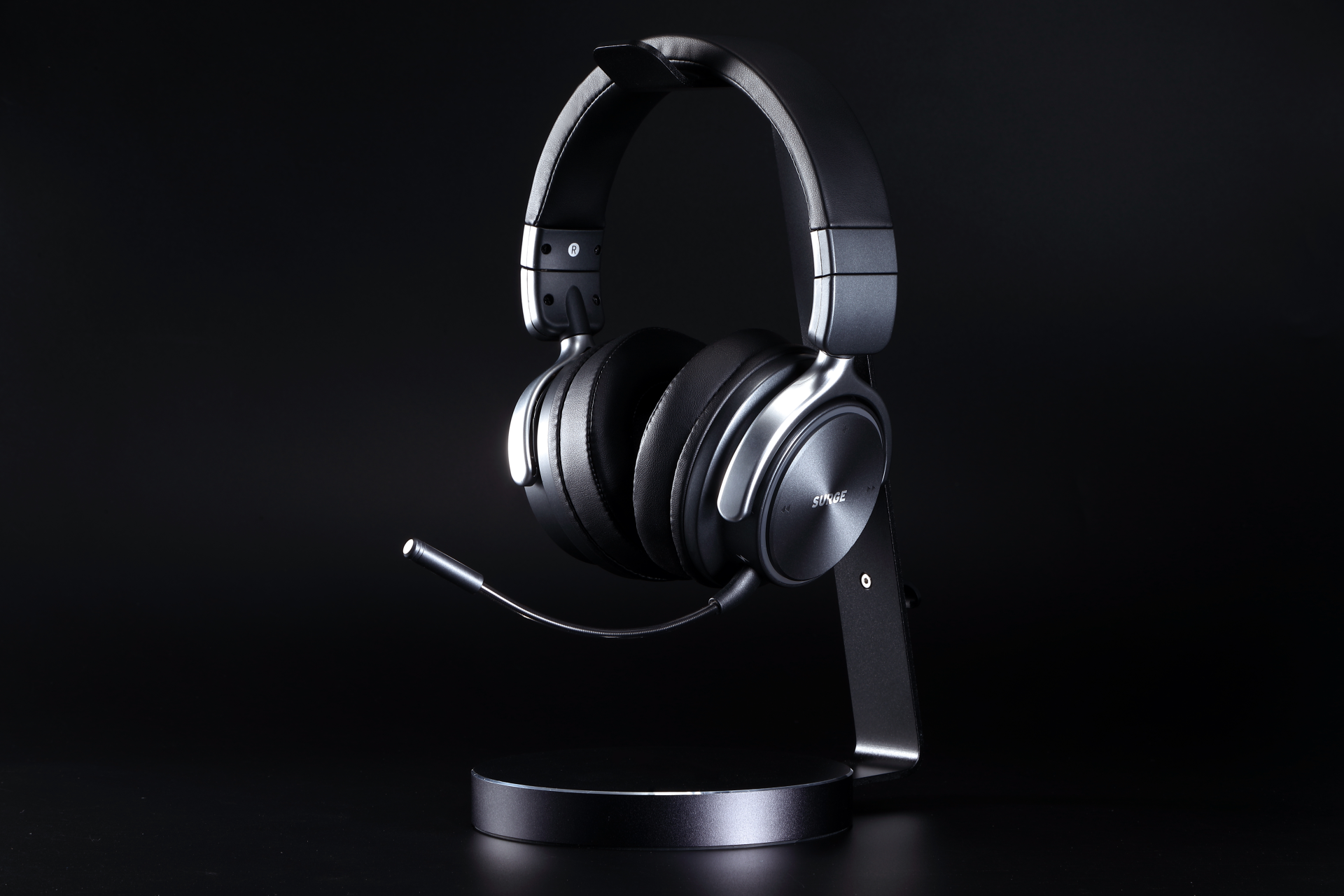
-
Surge 3D Headphones Review #4
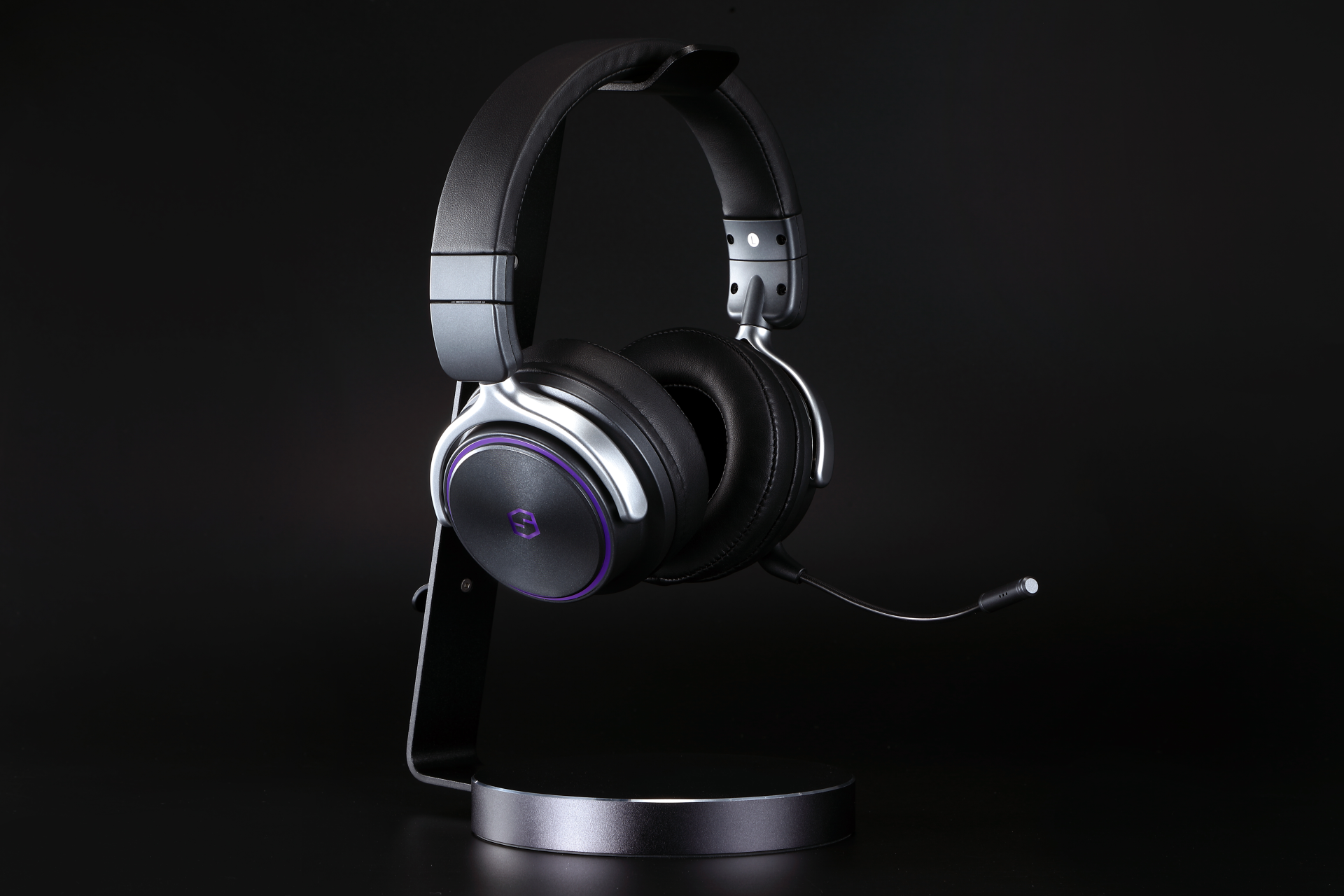
-
Surge 3D Headphones Review #5
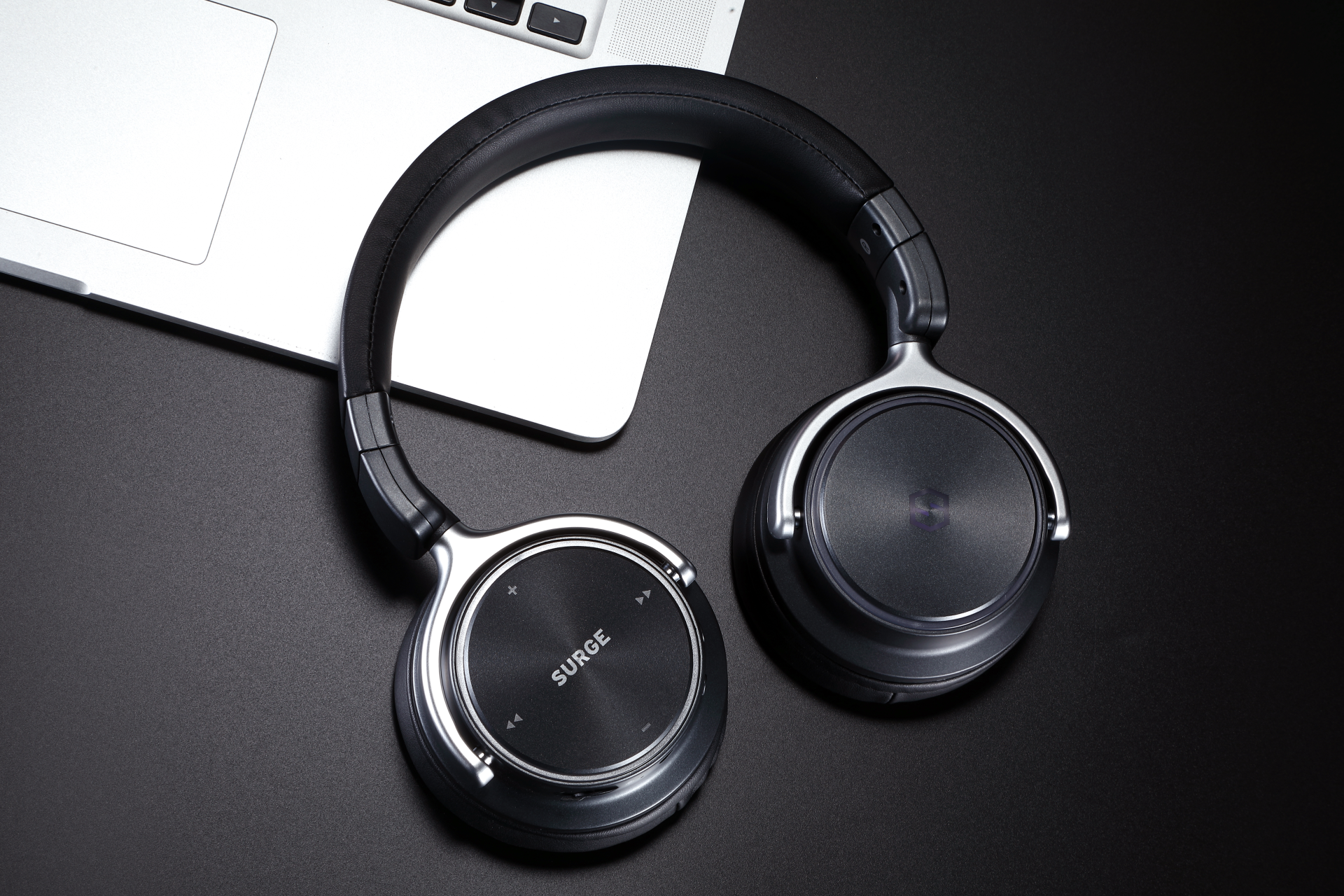
-
Surge 3D Headphones Review #6
